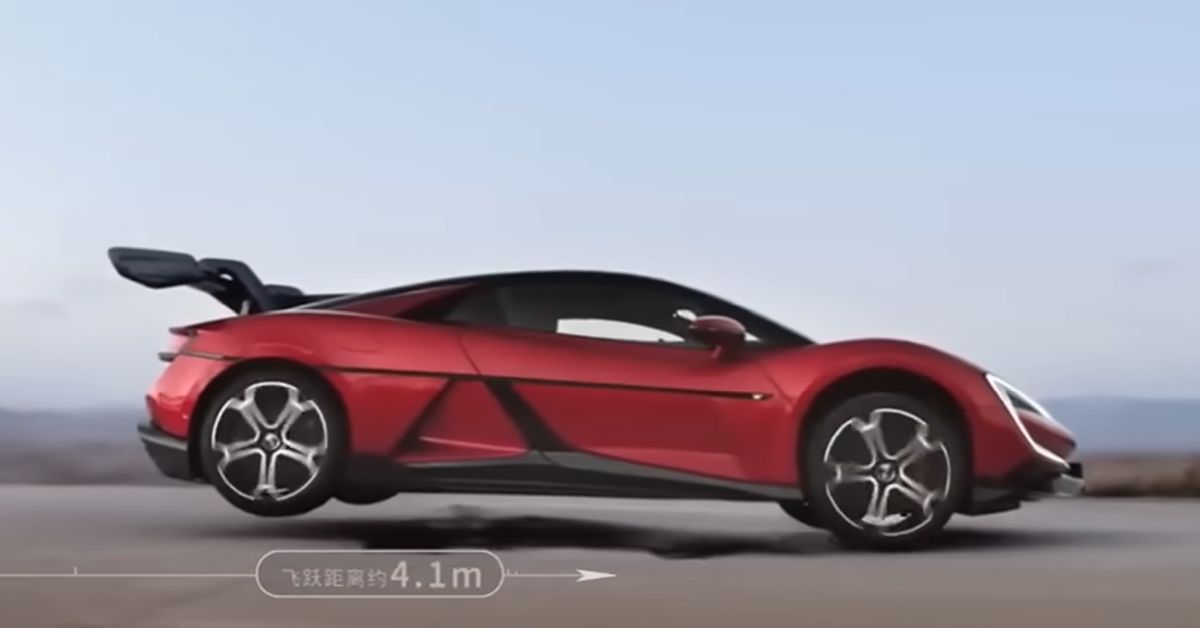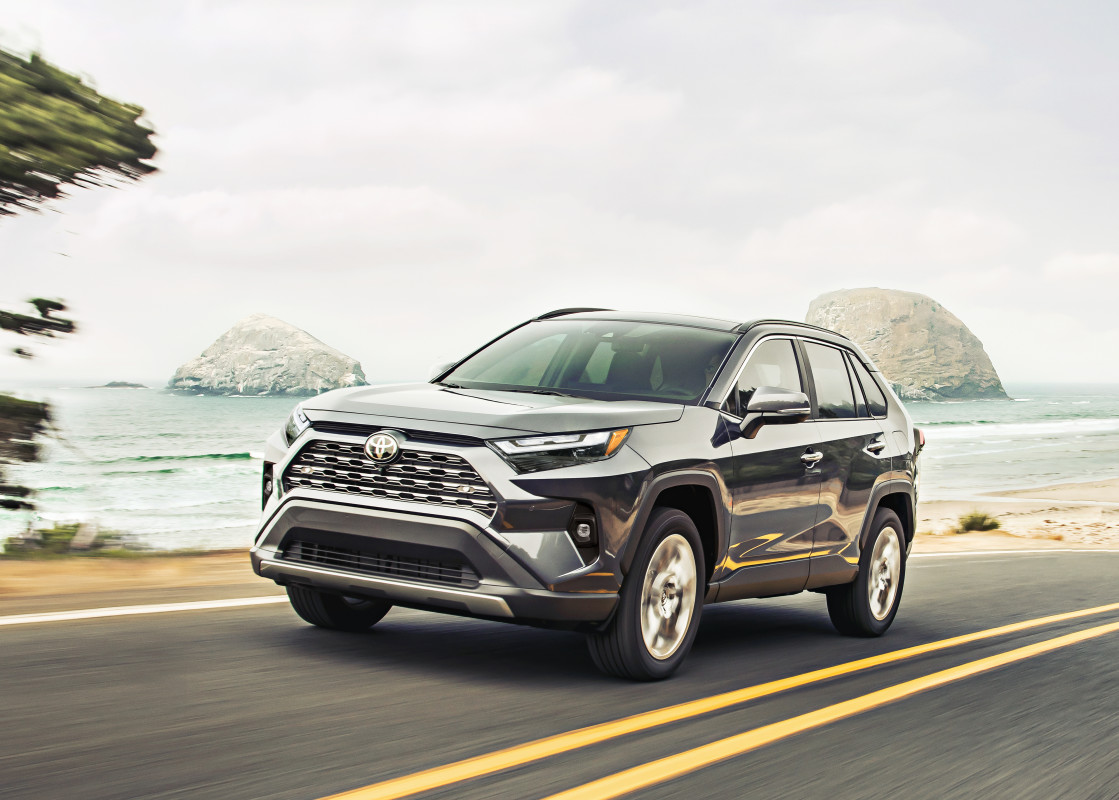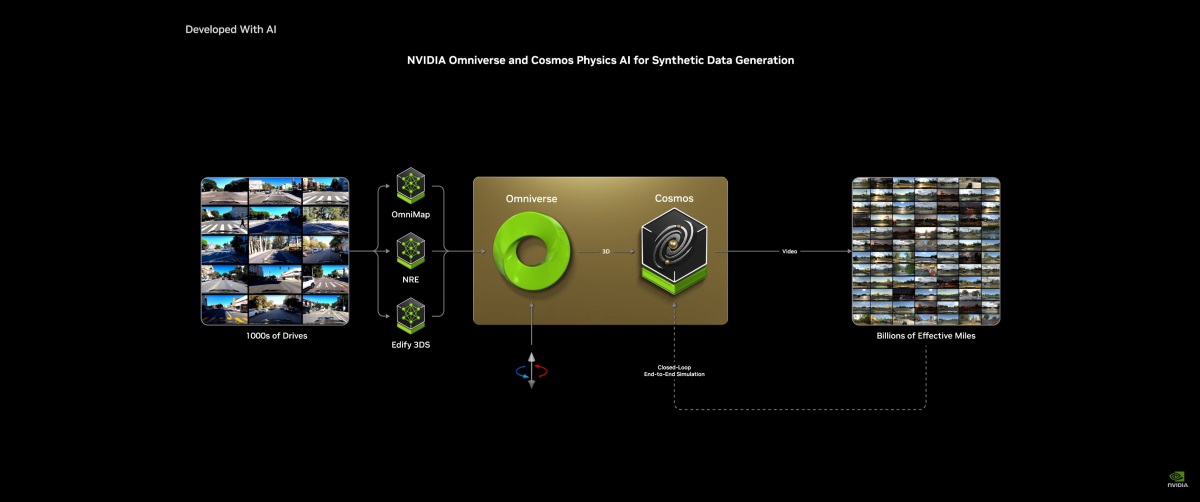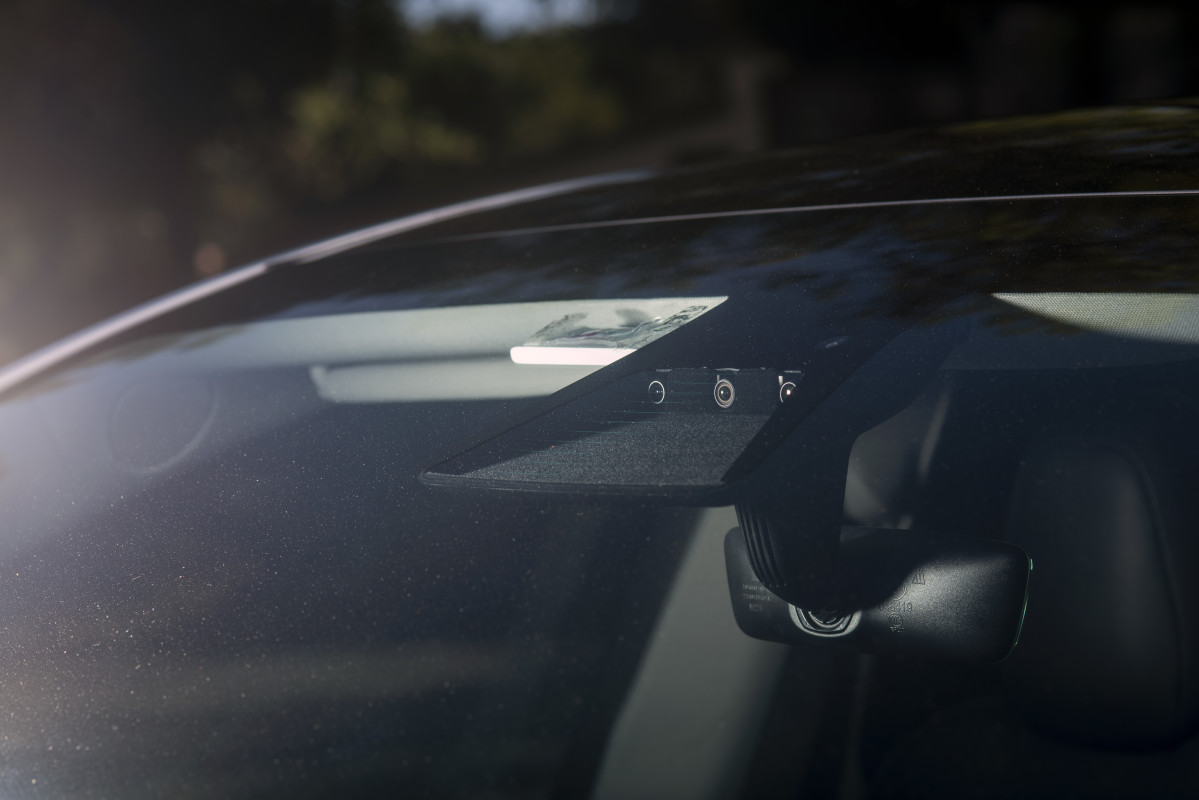When I first saw that photo of Nvidia’s new Project Digits mini PC unveiled at CES 2025, I couldn’t help but notice the Apple influence — minimalist, sleek, next to a monitor that looks like Apple’s Studio Display.
Apple’s latest Mac Mini is revolutionary in many ways, delivering the company’s impressive M4 silicon in an efficient, affordable package. Windows PCs haven’t yet been able to reach the same level of design beauty and overall balanced unit.
Could Nvidia’s new Mac Mini-like small-form-factor AI supercomputer usher in a major disruption for Windows PCs? Let’s dive into Project Digits, what it is, and what it brings to the table for the future.
Project Digits: What it is and what it isn’t
It’s a little unfair to compare the Mac Mini and Nvidia’s Project Digits, mainly because they target vastly different users and markets. After all, the Mac Mini is for home users who just want to do some web browsing, media streaming, and maybe light content creation or gaming. And on the side, you have Apple Intelligence for AI in that ecosystem.
But then you have Project Digits, a powerhouse mini PC infused with the power of Nvidia’s Grace Blackwell GB10 Superchip. The idea here is to pack an AI supercomputer into a small chassis that’s usable by scientists, students, and AI researchers in a very focused manner. That’s reflected in its price: A whopping $3,000 that proves it’s meant to be more of a professional-level device. It launches around May 2025.
Project Digits runs on the GB10 Superchip, meant to run large language models (LLMs) with up to 200 billion parameters. If you connect two of them, they can together handle up to 405 billion parameters. It’s perfect for AI researchers and inference models.
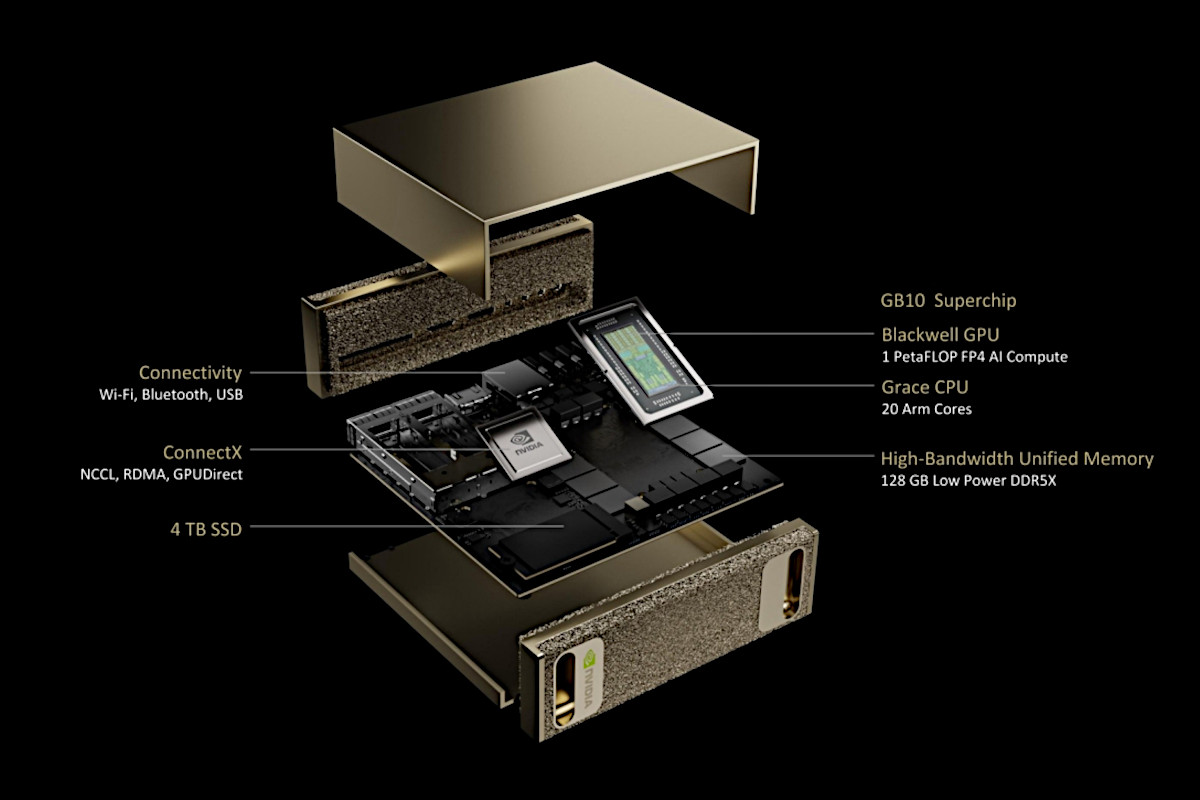
Nvidia
Yet while the built-in GPU is fine-tuned for AI with 128GB of unified memory, there’s no reason why Nvidia couldn’t adapt it for use in a Windows-like gaming PC in the future. Even now, Project Digits is already much more powerful than any traditional PC or laptop, with 1 petaflop of power. (For comparison, modern high-end gaming PCs only reach up to 10 teraflops — the equivalent of 0.01 petaflops.)
Mac Mini users could use their systems for some AI work, but most are just using them as personal computers for mundane, personal tasks. Imagine if Nvidia tuned Project Digits in that direction? As is, Project Digits is an enthusiast- and professional-level product, but what if Nvidia honed it to become like the Mac Mini? A consumer-grade PC with unprecedented power that’s even more revolutionary than the M4 Mac Mini.
Nvidia CEO Jensen Huang believes AI will go mainstream and make its way into virtually every industry and facet of human life. If he’s right about that, a small yet powerful AI supercomputer could be a game-changer, much like the smartphone was for everyday life. (I wouldn’t doubt Jensen Huang, who’s been a near-unparalleled visionary thus far.)

Nvidia
This means Nvidia would want its AI to have more personal applications for everyday consumers, not just for research or data center purposes. For now, Project Digits gives those who would normally be working in such environments the ability to bring their work home, and that’s one step closer to bringing AI into the personal home space.
Nvidia already meddles in the consumer market, of course. Just look at their GeForce RTX GPUs, which are the company’s DNA — and AI came after developing those graphics chips for gamers. So while Nvidia makes bank on data centers and AI, these applications aren’t the be-all and end-all for the company. Gaming remains important, and there remain plenty of other consumer markets — like this — that Nvidia could explore.
Project Digits could be a looming threat
Nvidia’s Project Digits mini supercomputer runs on Linux, not Windows. A strange choice, perhaps, considering that Nvidia is already intimately familiar with Windows drivers for its GPUs.
Could this be a sign that Nvidia wants to move away from Windows, at least in some capacity? Could it even mean that Nvidia wants to develop their own operating system, one that’s based on Unix (much like Linux and macOS are) and not Windows? This would be an Apple-like endeavor, paving the way for Nvidia to have complete control over their entire portfolio by way of in-house solutions.
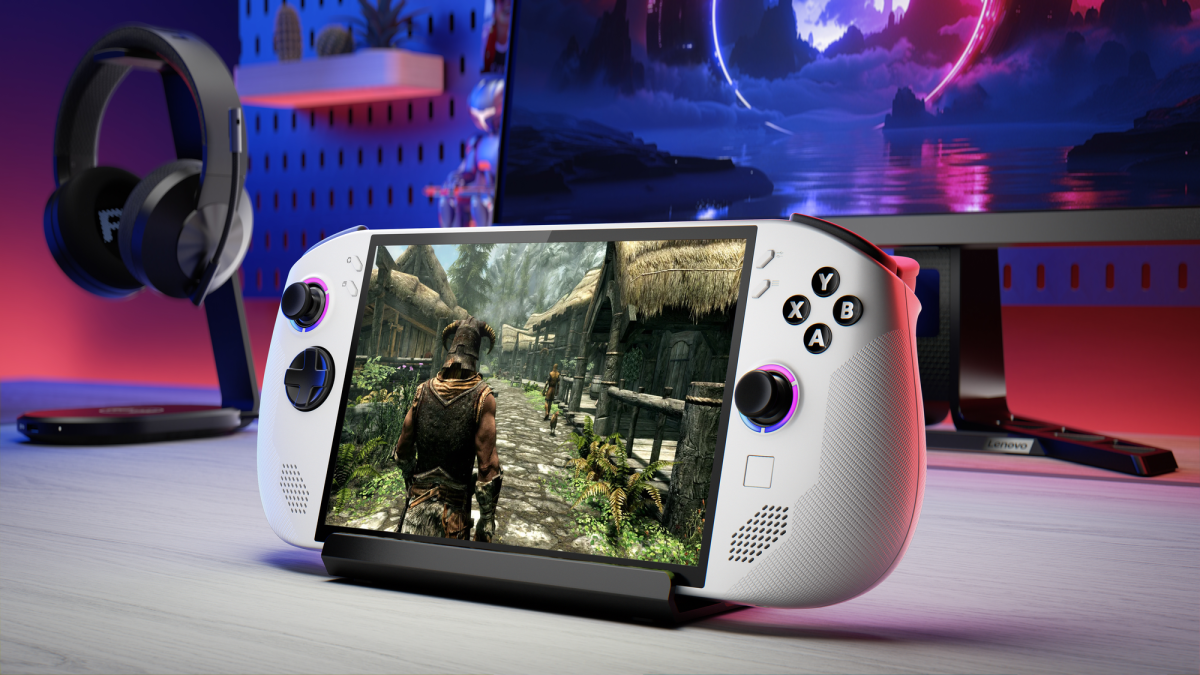
Lenovo
This isn’t the first rumbling of a Windows disruption that we’ve heard at CES 2025. Last month, Valve announced its “Powered by SteamOS” branding for partners, signaling a new era in which third-party gaming handhelds, laptops, and PCs will increasingly run on SteamOS. Valve told us more about their plans at CES 2025, and we saw the debut of the first non-Valve SteamOS gaming handheld.
In short, Microsoft should be terrified of SteamOS. It works well enough without Windows and it’s slowly converting Windows gamers over. The Steam Deck has been the big showcase for SteamOS for a while now, but with Valve opening it up to all kinds of other manufacturers, we’re undoubtedly going to see a big shift in years to come.
Now, to be clear, Nvidia has made no indication that they plan to do anything like this. All of this is speculation. But it would certainly make some sense for Nvidia to start forging their own path, detached from Windows and all its baggage. Nvidia has the capital and influence to make it happen, and they could easily argue that their AI and hardware are so bespoke that they need bespoke software solutions. In that case, Microsoft would have something greater than SteamOS to fear.
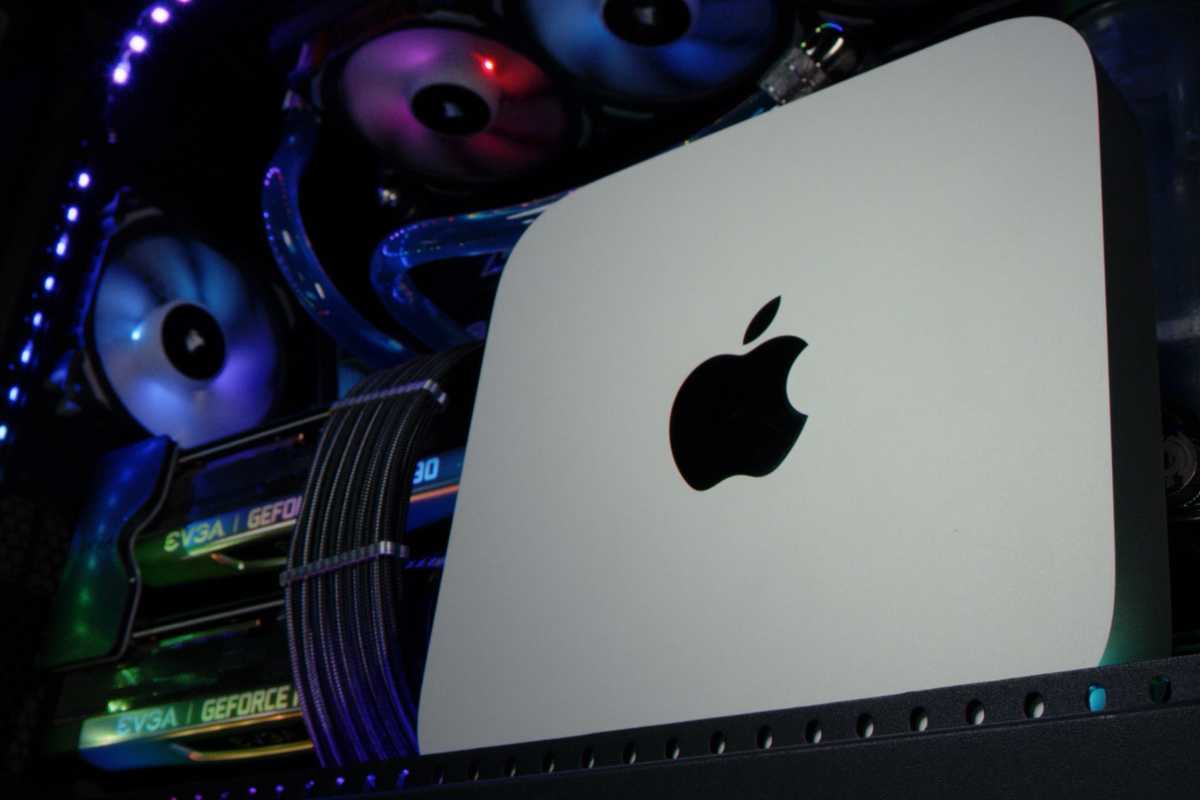
Thiago Trevisan / IDG
Indeed, I can see a possible near-future where Nvidia doesn’t just sell GPUs but entire mini PCs to their board partners. How does a superpowered Asus ROG Strix Project Digits mini PC sound? It could have a GPU, CPU, and NPU all packed into one tiny unit — and that would certainly feel like Apple’s silicon and tight integration of hardware.
But you never know. The future could be boring. Nvidia may well stick with Windows PCs and take the easier, simpler, well-trodden path. It’s not like they couldn’t do big things here, as Windows PCs need the power and tight integration that Nvidia’s hardware brings to the table. Rumors suggest Nvidia is working on an Arm-powered PC chip now that Qualcomm’s long-leaked Arm Windows exclusivity agreement has ended.
Imagine a small Windows PC the size of a Mac Mini but running on a superpowered chip that delivers RTX-grade graphics and next-gen AI performance. This is an area where even Apple hasn’t yet caught up to Nvidia, and a solid execution of such an idea would sway consumer markets to new form factors and possibilities.
via PCWorld https://www.pcworld.com
January 14, 2025 at 05:37AM

